Bringing Old Photos to Life
The art of colorization...
Isabel Allende once said:
Photographs deceive time, freezing it on a piece of cardboard where the soul is silent.
What I love about colorized photographs is that when done well, they can breathe soul into the silent faces of history.
While some dislike colorization, I believe that in many cases it makes the people of the past feel more real, more human. They cease to be distant figures on our historical timeline and instead become individuals with presence and depth: less like textbook characters and more like us…
Reminder: This is a reader-funded publication focused on spreading beauty, and it depends on your support to keep going.
Upgrade your subscription for just a few dollars a month to help our mission and access members-only articles 👇🏻
The legendary photographer Henri Cartier‑Bresson, widely regarded as a pioneer of photojournalism — earning him the title “the eye of the century” — summed up the art with these words:
Photography is the simultaneous recognition, in a fraction of a second, of the significance of an event as well as of a precise organisation of forms which give that event its proper expression.
To colorize an image is to extend that fraction of a second, to acknowledge more than just form and event, but the warmth of skin, the glimmer in an eye, and the subtle tones of a sky that would otherwise feel flat...
Before the rise of modern technology, colorized photographs were crafted with meticulous care by artists who hand‑painted each picture. Every print was often individually colored, transforming it into a unique piece. Today, a new wave of colorists continues this tradition, blending their artistry with advanced techniques that simply didn’t exist in the past. Jordan Lloyd, a leading figure in this field, has embraced these contemporary methods for photo colorization, yet he acknowledges that modern tools sometimes fall short of the artistry from earlier times:
Whether or not it's a photomechanical process or literally painting on top of the original, it could very well be considered an art back in those days, by highly skilled artisans. These days, I'm not so sure. I certainly don't consider myself an artist or even a colorist. I now use the term visual historian, because it's a more reflective term to describe my day-to-day job.
In any case, colorization is far more than a mere cosmetic enhancement… In my view, it’s an act of creative revival. It’s a way of breaking through the monochrome barrier to reconnect with our ancestors as living characters in the ever-evolving human story.
1. A Few Seconds Before Happiness
Taken in 1956, this photograph shows a man concealing a puppy behind his back with his right hand, just moments before gifting it to a young boy.
As he speaks to the child, the anticipation builds, immortalizing a moment of affection between two generations.
2. Hachiko, 1935
The last photo of Hachiko, the faithful dog who spent over nine years waiting outside Shibuya Station for his deceased master to come back.
3. President Abraham Lincoln, 1862
President Abraham Lincoln stands on the battlefield at Antietam in 1862.
4. Connecticut newsboys, 1909
5. The Kiss of Life
In 1967, lineman Randall Champion accidentally touched a live wire, suffering a massive electric shock that stopped his heart. His colleague, J.D. Thompson, immediately began performing CPR atop the utility pole, sustaining Champion's life until paramedics arrived. Remarkably, Champion survived and went on to live until 2002.
The dramatic moment was captured by Rocco Morabito in a touching photograph that won the Pulitzer Prize in 1968. Recently, the image was colorized by artist Jecinci.
During an interview, American photographer Art Shay once said:
A photograph is a biography of a moment.
That’s what this picture is. A piece of the human story. A moment kept forever in the frame…
Thanks for reading! A quick reminder: this newsletter runs entirely on reader support. There are no ads, just a passion for sharing beauty. If you enjoy the content, consider contributing a few dollars a month. Your support makes a huge difference — and as a bonus, you'll get access to exclusive articles and the full archive. Thank you!


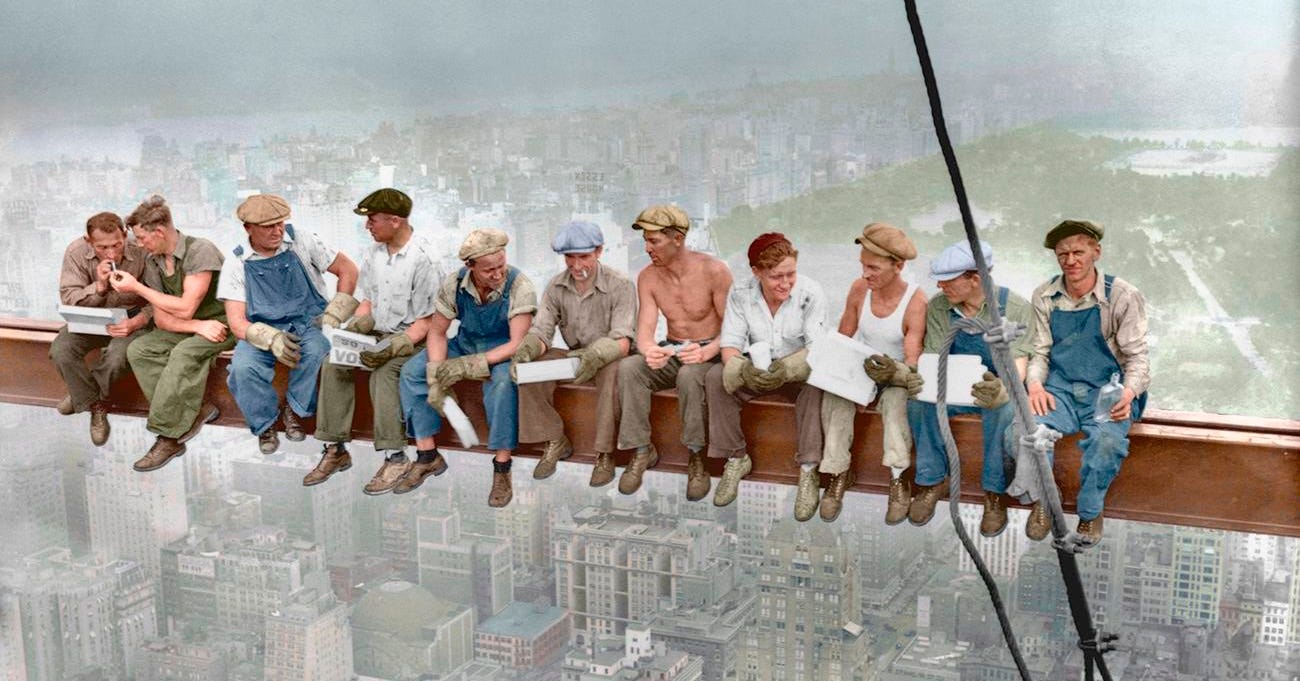
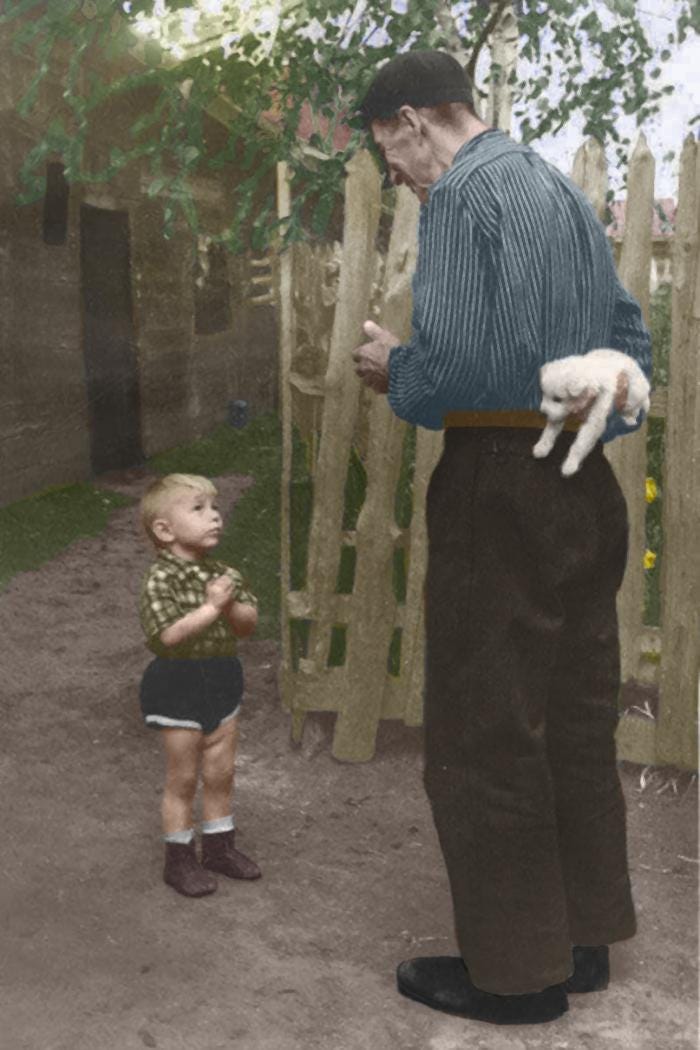
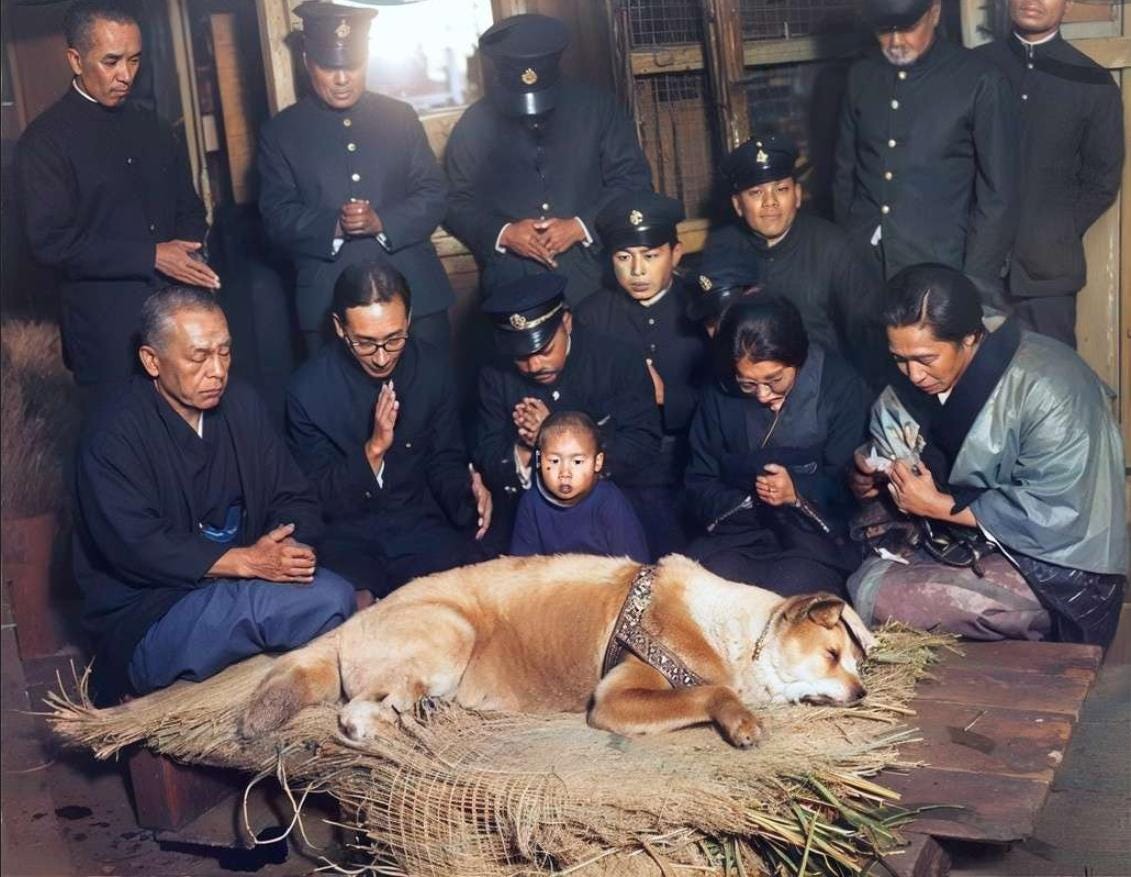
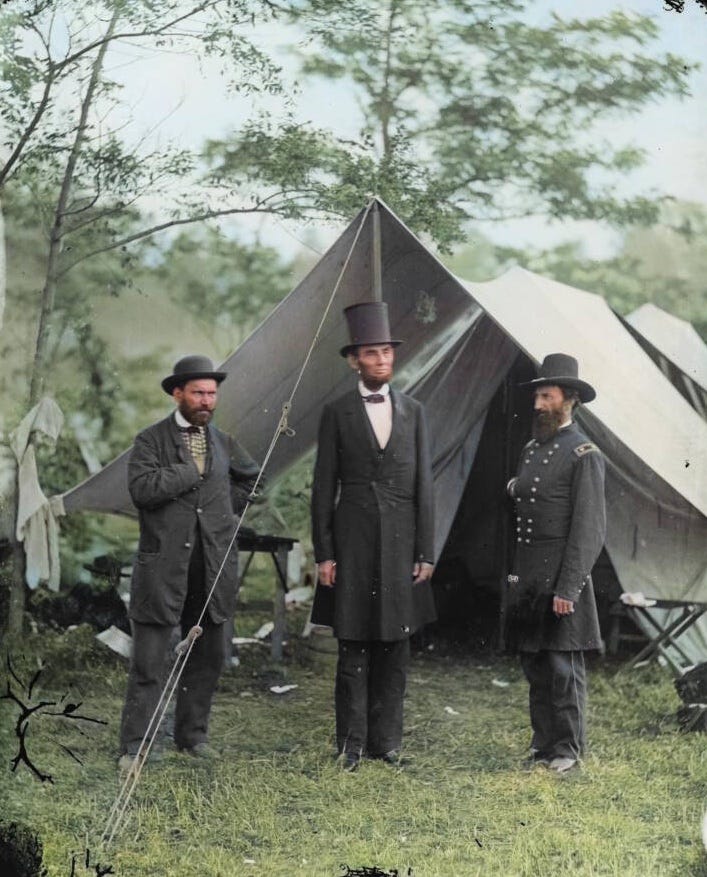
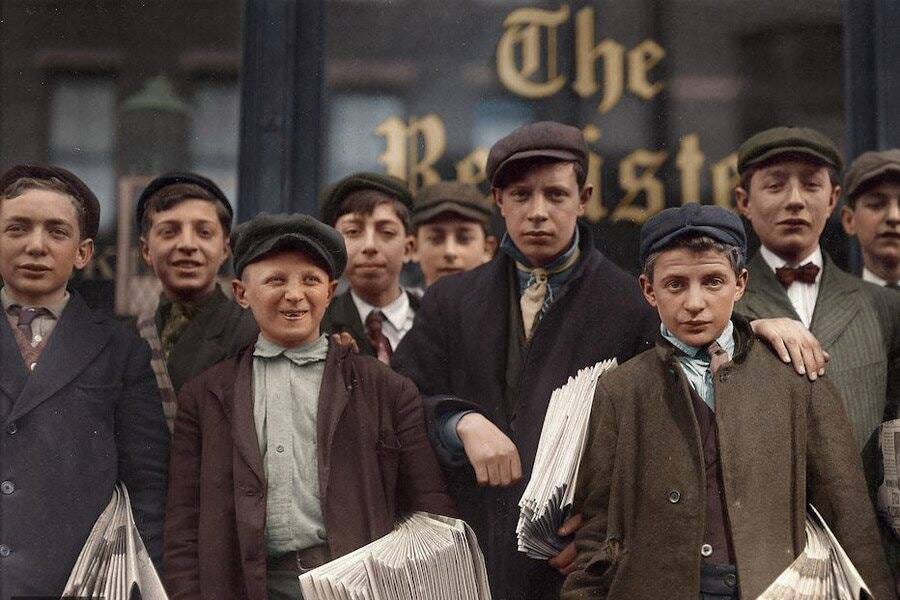
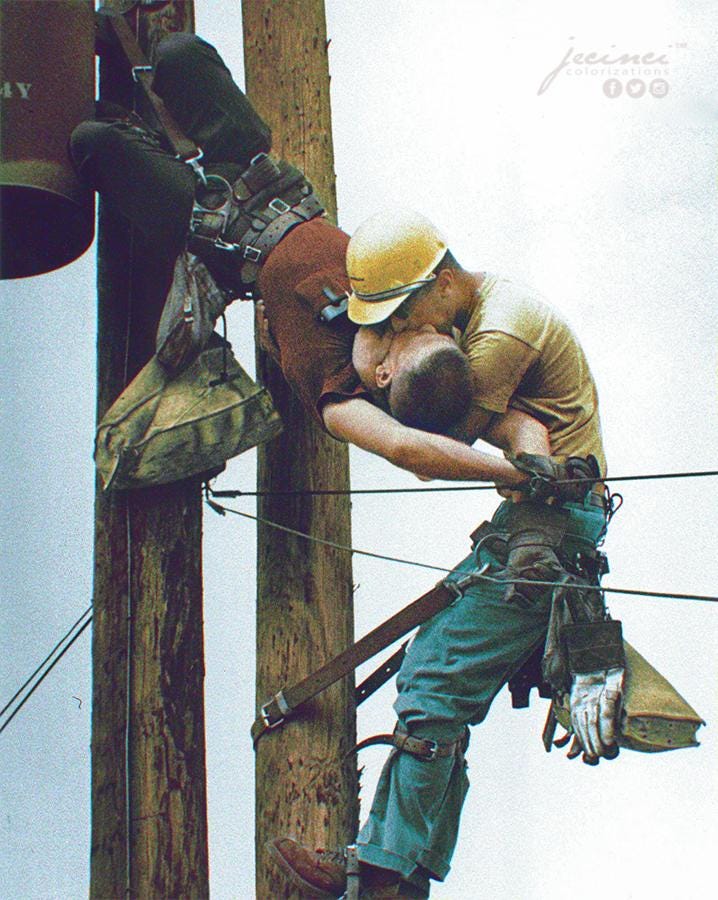
There is a time and place for colorization. These are good examples. I love a stark black and white image, though. If someone chooses to ruin Ansel Adams’ work by adding color, I will be very disappointed.
These are fantastic. They bring to life past moments of genuinely “real” people. Humanizes everyday events. Thank you.😊